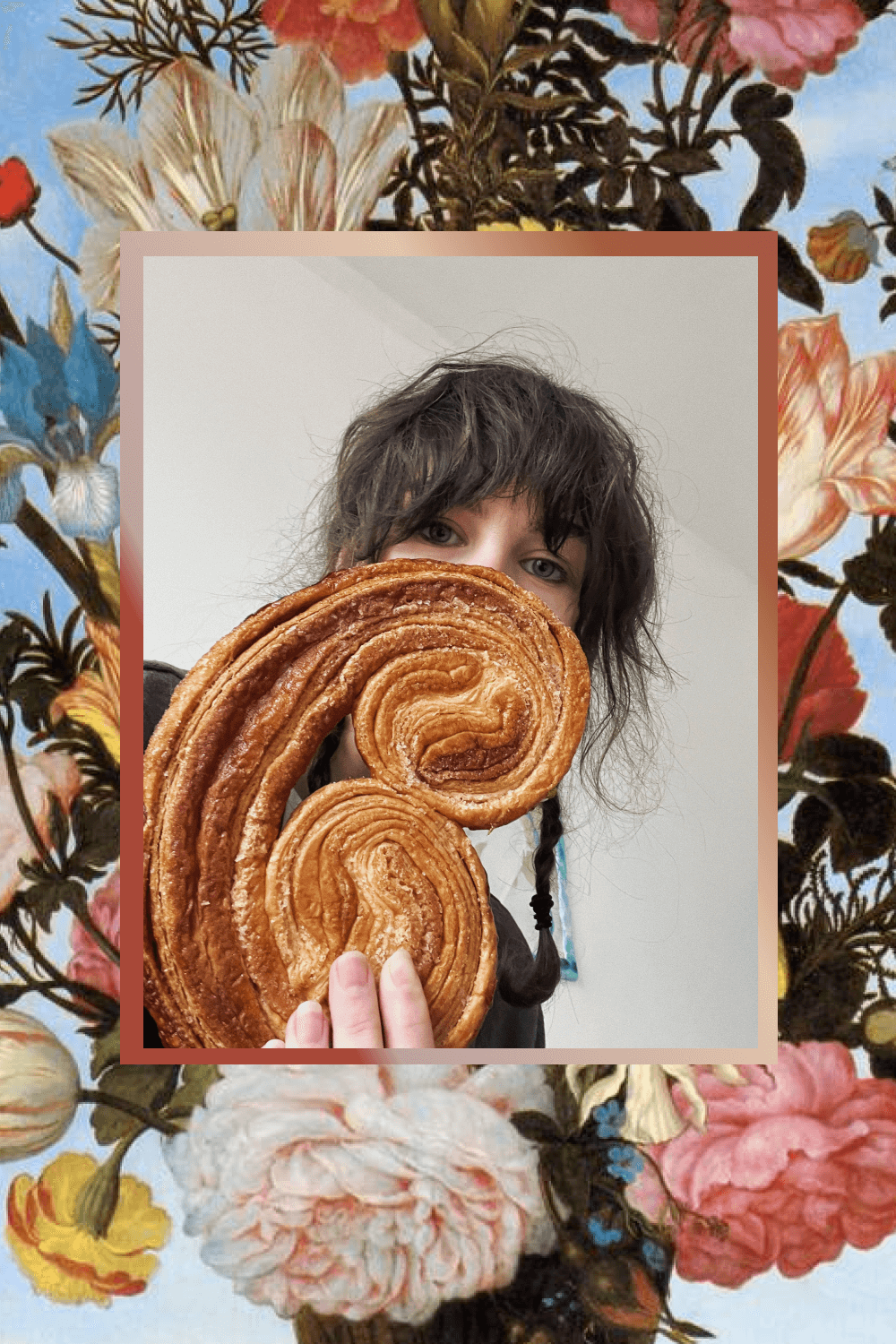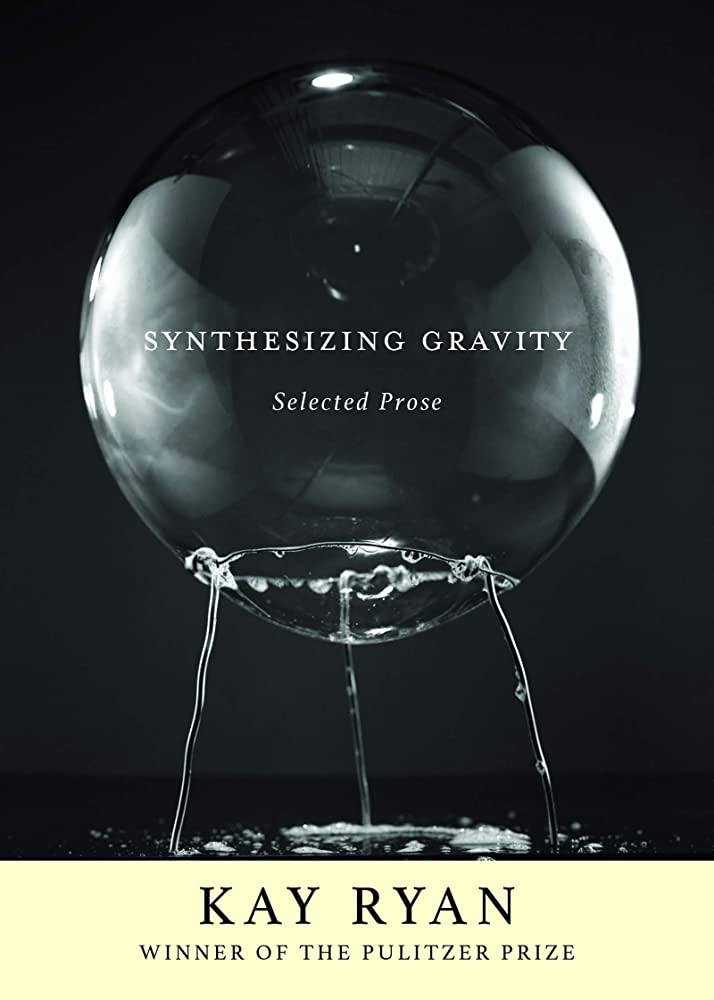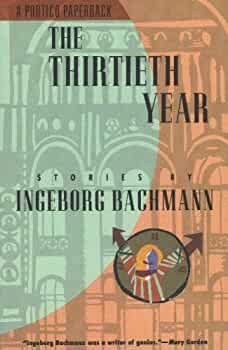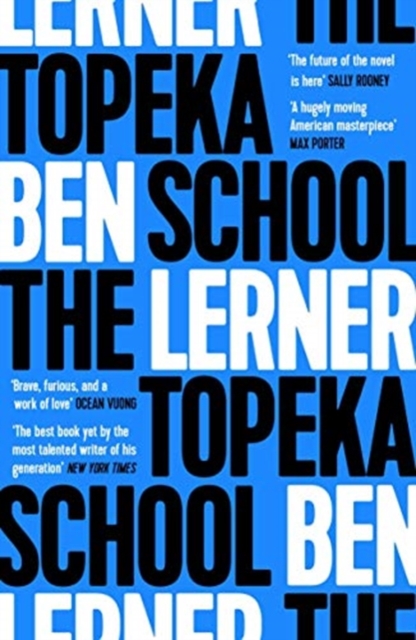Spring 2023 | Read & Reviewed
2022 Favorite Books & Other Writing

“Truly, though our element is time / We are not suited to the long perspectives,” Philip Larkin wrote in the poem “Reference Back.”
It’s been 1.5 months since the beginning of my non-work period. It feels like more time has passed, possibly because these days, my life consists of small ephemeral periods, 3-4 days at a time. I may spend a period working on a short story or book review; traveling to another city (in April, Brussels-Antwerp & Estonia); ambling around Paris and reading and feeling I am not being productive but so what, planning my leave from the city, the upcoming vacation in Southern France & Italy.
Recently, I’ve been drawn to non-fiction, mainly essays on literature, book reviews, etc. The prose writings of Kay Ryan and fiction by Ben Lerner are two new favorites. My review of Ingeborg Bachmann’s “Kolmekümnes aasta” (Thirtieth Year) will soon be available to Estonian readers.
Something I think everyone should read and feel FOMO not to: the latest story by Rachel Cusk: “The Stuntman”.
Books read in May 2023:
- The Topeka School by Ben Lerner, 5/5
- Leaving the Atocha Station by Ben Lerner, 4/5
- The Best Short Stories 2023: The O. Henry Prize Winners, edited by Lauren Groff, 5/5
- Synthesizing Gravity by Kay Ryan, 5/5
- Affinities by Brian Dillon, 4/5
- Surrealism & the Occult by Nadia Choucha 3/5
- Multiple Choice by Alejandro Zambra, 3/5
- Looking at Greek and Roman Sculpture in Stone by Janet Burnett Grossman, 3/5
- “Kolmekümnes aasta” by Ingeborg Bachmann, 4/5
Best of stories, essays + poetry read this month
- #story | “The Stuntman” by Rachel Cusk, via The New Yorker
- #story | “Kairos, the Lucky Moment—and the Long Time That Follows” by Jenny Erpenbeck, via N+1
- #story | “Wild Milk” by Sabrina Orah Mark, via Tin House, link
My TOP 3 of 2023 O. Henry Prize winners:
- #story | “The Mad People of Paris” by Rodrigo Blanco Calderón, via Southwest Review
- #story | “The Complete” by Gabriel Smith, via The Drift
- #story | “Office Hours” by Ling Ma, via The Atlantic
- #essay | “The New New Reading Environment” by Editors at N+1 in 2023
- #essay | “The New Reading Environment” by Editors at N+1 in 2018
- #essay #bookreview | “Annie Ernaux Has Broken Every Taboo of What Women Are Allowed to Write” by Rachel Cusk, via The New York Times
- #art #exhibitionreview | “Mysteries of Use and Reuse” by Ingrid D. Rowland, via The New York Review of Books
- #bookreview | “Catherine Lacey’s Provocative Novel in Disguise” by Audrey Wollen, via The New Yorker
- #essay | “I Really Didn’t Want to Go” by Lauren Oyler (on the Goop cruise), via Harpers, link
- #essay #literature | “The Short Autofictions of Eve Babitz, Lucia Berlin and Bette Howland” by Nina Ellis
Book reviews
Synthesizing Gravity by Kay Ryan

The Pulitzer-prize-winning poet Kay Ryan is not nice. She is haughty and critical of the mediocre. Vicious, even. As she visits a book fair, she lashes blistering comments on creative writing and poetry teachers, one would imagine they are buried under the heap of criticism never to resurface. The table with conference panel setup looks like “the Last Supper but just with water glasses.”
She’s against nonsense and knows how to recognize it: “… nonsense is always shaped. You can distinguish real nonsense from garbage because nonsense is shaped and tense.”
Then, you, the reader, reach her essays on the poets she admires. The tables will turn. If you’re curious enough to keep reading and look under the table, you see a fragile poet, afraid of losing her self, fighting for every breadth of originality.
“The most important thing a beginning writer may have going for her is her bone-deep impulse to defend a self that at the time might not look all that worth getting worked up about. You’ll note a feral protectiveness – a wariness, a mistrust. But the important point is that this mistrust is the outside of the place that has to be kept empty for the slow development of self-trust. You have to defend before it looks like you have anything to defend. But if you don’t do it too early, it’s too late.”
The notes Ryan takes for herself are “promisory notes – when I write them to myself, I can enjoy the feeling that I have something wonderful to express, but I don’t have to spell it out yet.”
If you think ha when reading something good it might be “the body’s natural response to perfection, to a perfect trick being pulled off.”
And so on and on, the book is glistening with tiny jewels of original ideas and poetry. You read and this and think ha, and for a moment feel lighter, reshuffle your rules of gravity.
Thirtieth Year by Ingeborg Bachmann

Ingeborg Bachmann is one of the rare female writers of the 20th century who enjoyed the full respect of her contemporary men.
“I loved Bachmann a great deal,” the misanthropic Austrian writer Thomas Bernhard once told an interviewer. “She was a very intelligent woman. A strange combination, no? Most women are stupid but bearable, possibly even agreeable; intelligent too, but rarely.”
She published Thirtieth Year, her first prose collection, in 1961. She was already lauded as a first-rate German-language poetess. The short story form enabled a deeper examination of socio-political subjects such as war traumas and the doxical mistreatment of women.
What’s interesting about Thirtieth Year is that all but one story are told by the first-person male narrator. While the men are at the bars arguing about truth and betrayal, their wives are home, going to sleep “because they have nothing better to do.” In the only female-narrated story, “A Step Towards Gomorrah,” two women step through the night together, construct the castle of mutual life in their dreams, almost leave a husband. But something is holding them back, like a magnetic pull that obstructs them from crossing the doorstep into new, independent life, the collective rules and taboos frighten them into a state of inert passivity.
Reading Bachmann’s stories surfaced a flurry of questions and doubts. On whose side is the writer? Should we believe her stories’ narrators or mistrust their words? Who decides what is true? Does she side with the intellectual patriarchy because she feels kinship or because that’s the only way they will hear her out? When depicting weak and suppressed women, is she helping them or doing them a further disservice? The list could go on, and so does injustice.
The Topeka School by Ben Lerner

Ben Lerner is my new favorite contemporary writer. And The Topeka School is my favorite of his novels. (Although I enjoyed 10:04 and Leaving the Atocha Station very much, too.)
The novel – semi-autofictional, a trademark of Lerner’s – follows Adam and his family throughout the second half of the 20th century. The youth of the kids, hailing from a small Central American town, is tainted by psychological traumas that roll out throughout the book. Adam’s lucky – he discovers debating and poetry and manages to stay clear from trouble. But his parents, one of whom is a psychotherapist, deal daily with the troubled, alienated minds.
Lerner is great at creating a flow between several character’s narrative voices, at weaving patterns of repetition, recognition, and causation. To get a taste of his style, read the short story “The Ferry” in The New Yorker.


